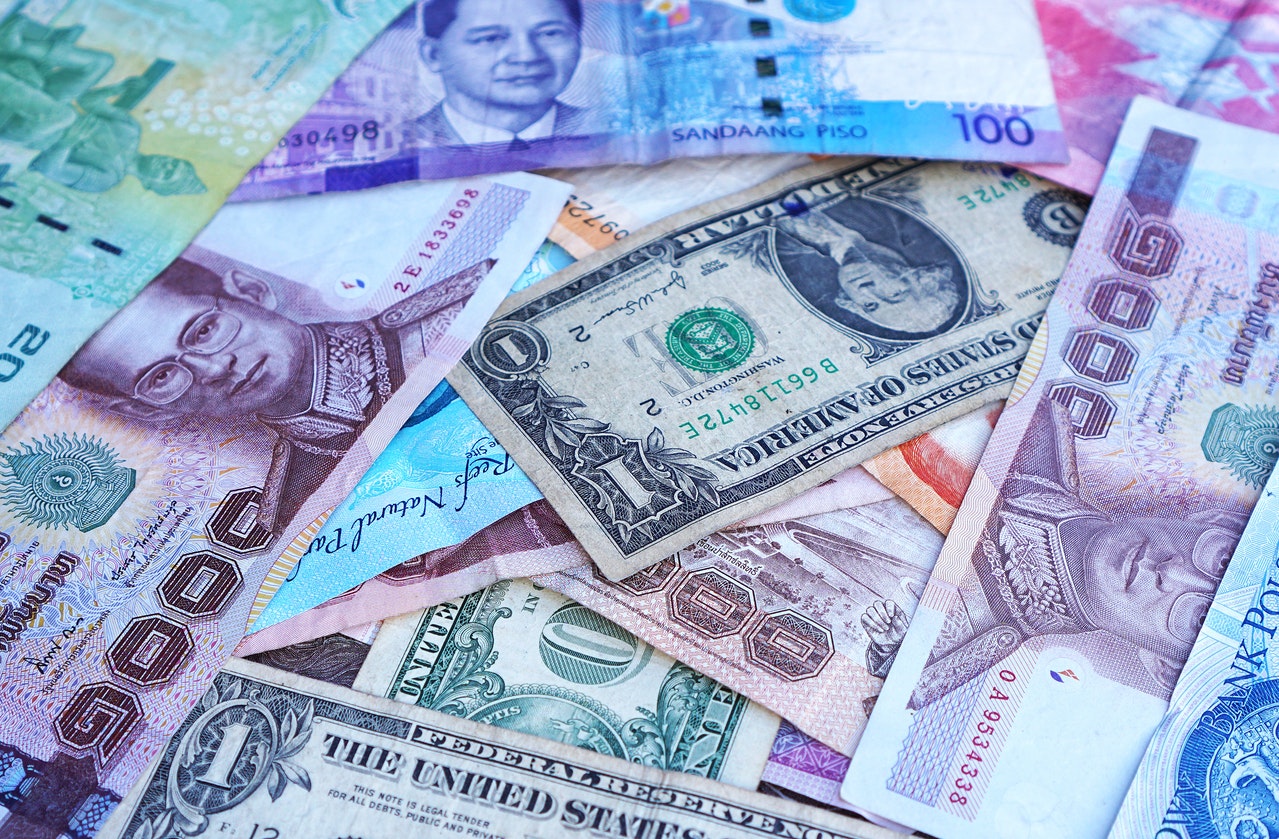
MANILA – Correction in prices of oil in the international market, along with the seasonal inflows of remittances during the Christmas holidays, are expected to further back the Philippine peso.
The local currency ended the trade at 48.07 against the US dollar Wednesday, sideways from its 48.095 finish in the previous day.
In a report, Rizal Commercial Banking Corporation (RCBC) chief economist Michael Ricafort said the local unit continues to close its more than four-year high against the US dollar.
Last Wednesday’s close is the peso’s strongest since it finished at 47.99 to a greenback on September 23, 2016.
To date, the peso has strengthened by around PHP2.565 to a dollar or about 5.1 percent.
Other factors seen to boost the unit’s strength are “latest signals on possible further monetary easing measures and low key interest rates/policy rates possibly until 2022 and until GDP (gross domestic product) and employment data improve significantly, progress on the USD900 billion US stimulus package that US President Trump urged lawmakers to amend before he finally approves.”
Ricafort said the current weakness of the US dollar against global currencies, which is running for more than 2.5 years now, is also supporting the peso.
“It is important to note that the peso has been relatively strong, consistently below 48.10 levels for four straight weeks or since November 27, 2020, as the financial markets are anticipating the seasonal surge in OFW (overseas Filipino workers) remittances and conversion to pesos for Christmas holiday-related spending,” he said.
Another plus for the local unit is the anticipated signing by President Rodrigo Duterte of the PHP4.5 trillion 2021 national budget on Dec. 28, 2020, he added.
Ricafort forecasts the next important support level of the peso to be around 47.80-47.90.
He, however, said the improvement of imports, including hedging for the payments of imports, along with continued re-opening of the economy, are expected to limit the peso’s appreciation.